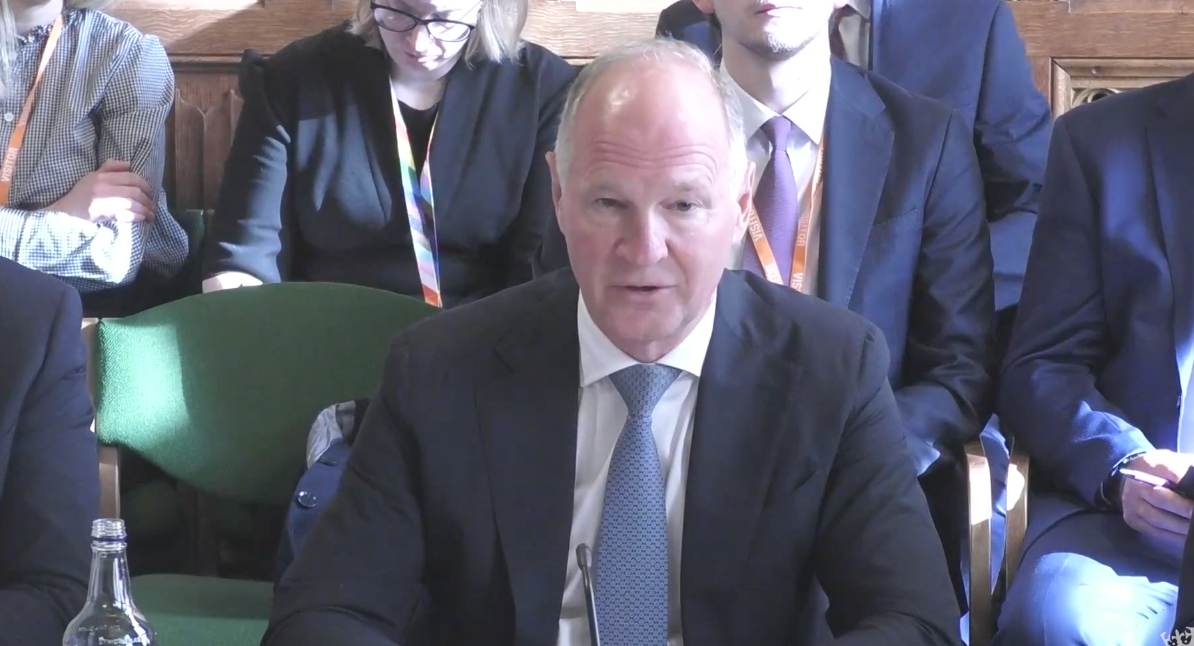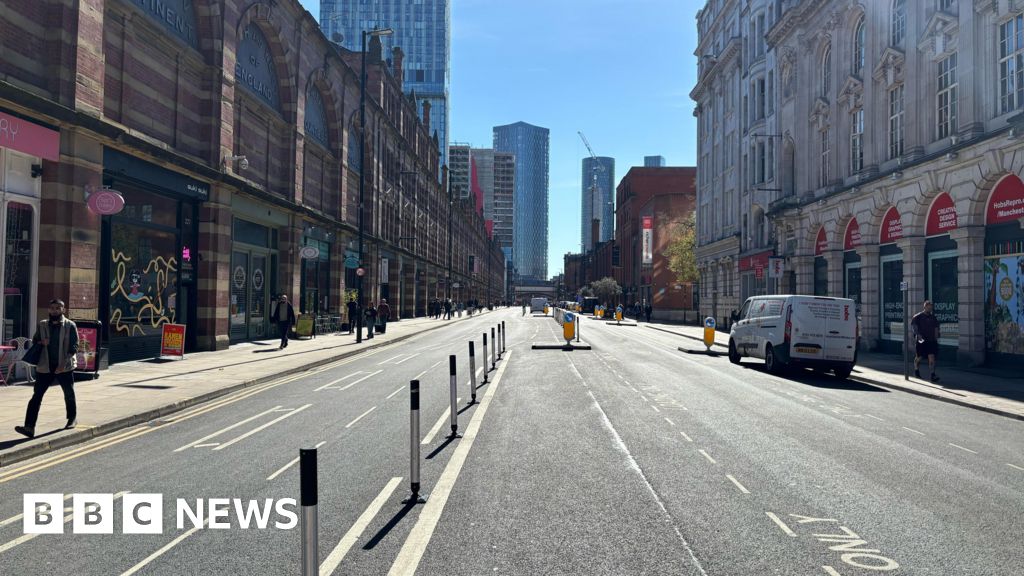Heathrow bosses were warned of the risk of the failure of a power substation days before an electrical fire shut the airport for almost 24 hours, MPs have been told.
Nigel Wicking, chief executive of the Heathrow Airline Operators’ Committee (HAOC), said: “I’d actually warned Heathrow of concerns that we had with regard to the substations and my concern was resilience.”
A fire broke out in a transformer within an electrical substation in Hayes, north of Heathrow, late in the evening of Thursday 20 March. In the early hours of Friday morning, 21 March, Heathrow announced it would close until at least midnight – though later that evening some flights were allowed to depart.
More than 1,400 flights were diverted or cancelled by the shutdown, affecting a quarter of a million passengers.
Mr Wicking heads the body representing more than 90 airlines using the UK’s busiest airport. The Independent estimates the total cost to carriers at Heathrow as £100m in lost revenue and passenger care expenses.
The airlines’ representative told the Transport Select Committee that he first raised the issue on 15 March “following a number of, a couple of incidents of, unfortunately, theft, of wire and cable”.
He said the loss of power “on one of those occasions, took out the lights on the runway for a period of time”.
“That obviously made me concerned,” he said.
Mr Wicking spoke to the chief operating officer and chief customer officer two days before the fire closed Heathrow.
The airport’s chief executive, Thomas Woldbye, also took questions from MP 12 days after the shutdown. He insisted Heathrow had no choice but to shut down due to safety concerns.
He said: “When we cannot guarantee and have full visibility and confidence that we can operate the airport safely then we cannot operate there.”

“The only thing worse than that would have been to let passengers travel. That is not an option and we cannot compromise on that.”
Mr Woldbye said the “unprecedented” event triggered the need to “power down maybe 1,000 systems and switch back on 1,000 systems”. He said it involves “a very complicated process that you need to execute in a certain sequence” and that the systems were restored “as fast as we possibly could”.
The command and control system “worked exactly right,” he said – adding that to create a fully resilient electrical system would cost upwards of £1bn.
As airlines sought to get their schedules back on track, the chaos dragged on for days.
Mr Wicking rejected the notion that airlines should finance increased resilience, saying: “We already pay enough for Heathrow. I don’t think we should be paying more for further resilience. The resilience should have been there in the first place.”
The airlines’ representative also said that airlines had pressed the airport to be allowed to fly the 100-plus diverted aircraft to Heathrow as soon as possible, to get passengers, planes, pilots and cabin crew in the right place.
He said that Terminal 5 was “fine to operate” from 10am onwards – about 12 hours before it eventually opened for departures – and that UK Border Force was fully staffed for processing inbound passengers.
“I don’t think there was any reason for T5 not to be open. T5 felt they were absolutely ready.”
Mr Woldbye rejected the possibility, saying: “We did that as fast as we could with regard to the safety of passengers.”
Heathrow, and the many businesses its activities support, particularly in west London, also lost millions of pounds as a result of the shutdown.
The wider harm to the UK economy – in terms of inbound tourism and reputational damage – is incalculable. The emotional impact for the 250,000-plus passengers whose flights were cancelled or diverted was also immense, with some people missing important family events including weddings and funerals.




